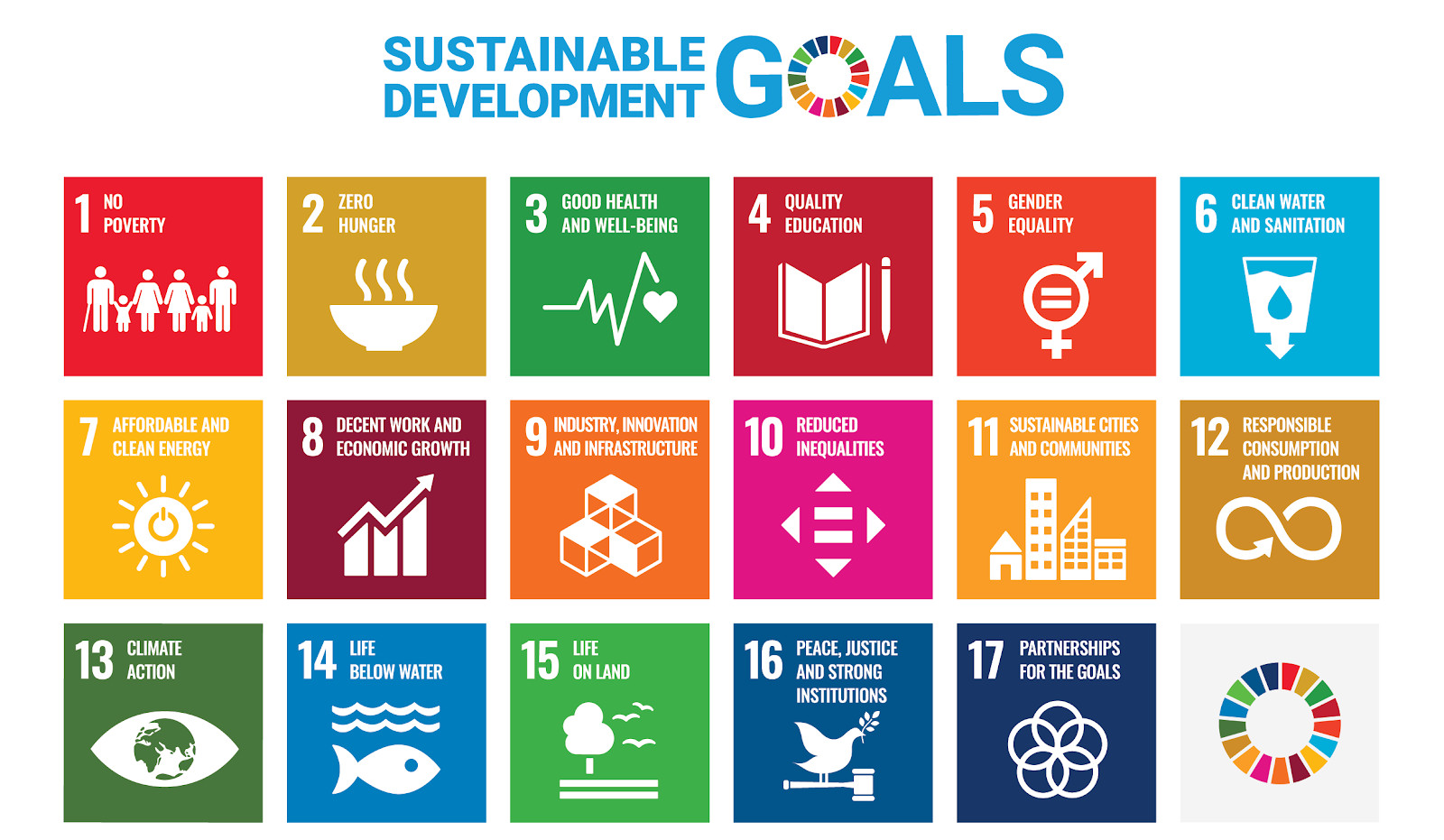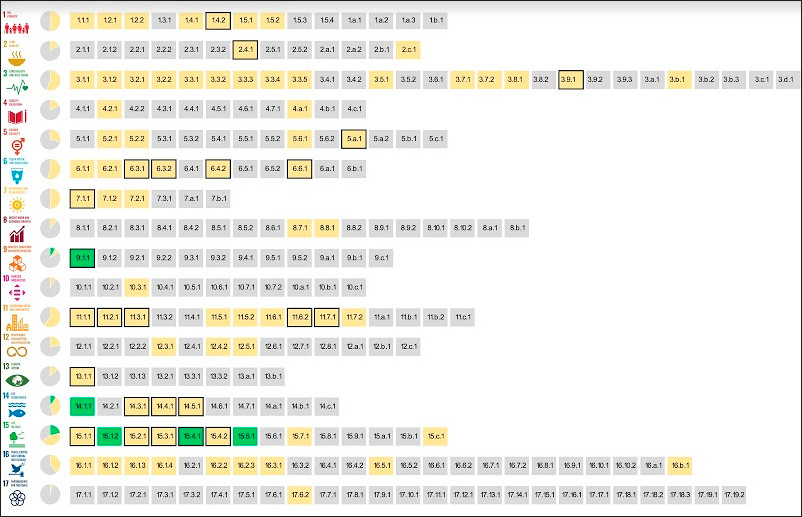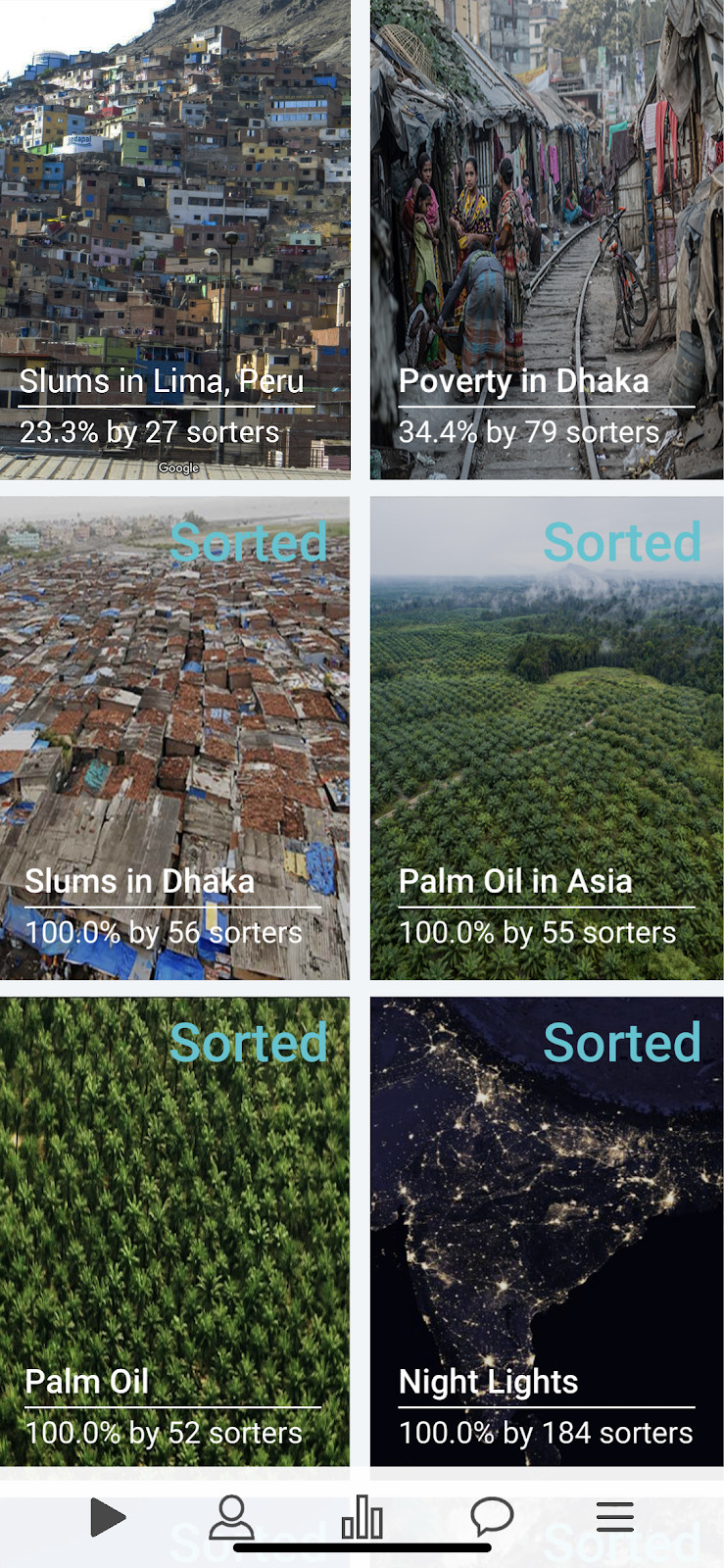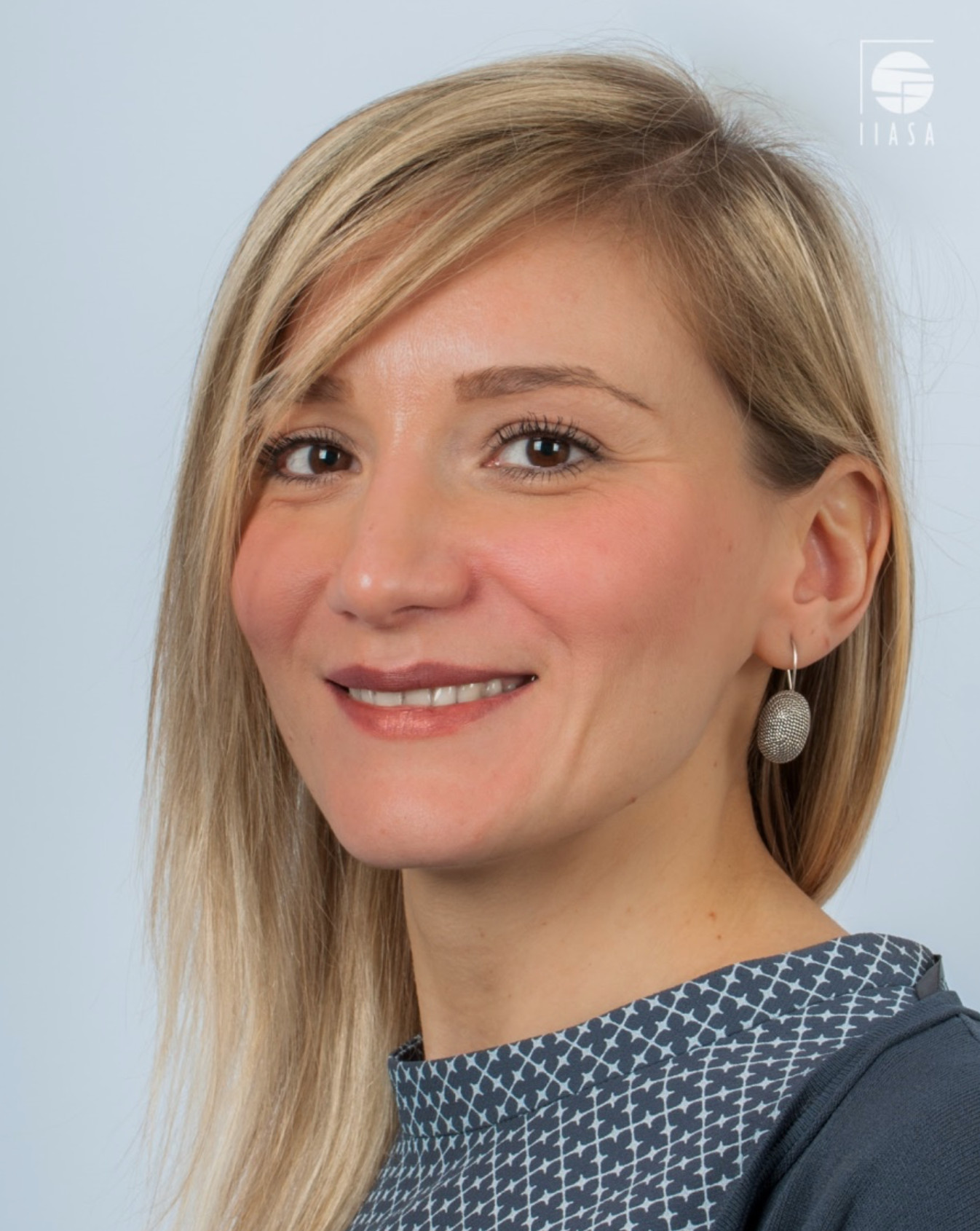Blog / Dilek Fraisl / July 28, 2020


How can we address the data gaps for achieving the United Nations’ Sustainable Development Goals (SDGs)? What is the potential of citizen science to track progress on the SDGs as a new source of data? How can we harness citizen science data effectively for evidence-based policy making and SDG achievement?
These were just some of the questions we had in mind when we started research into the contributions of citizen science to SDG monitoring at the Sustainable Solutions Development Network (SDSN) Thematic Research Network on Data and Statistics (TReNDS). We were
aware that citizen science has a role to play, but we didn’t know what the extent of that role would be. We wanted to show where exactly the real potential of citizen science lies in the global SDG indicator framework and understand what we can do to bring all the key players together to fully realize this potential.
This research led to our “Mapping Citizen Science Contributions to the UN Sustainable Development Goals” that was recently published in the journal Sustainability Science.
Our most remarkable finding was that citizen science could contribute to the achievement of all 17 Sustainable Development Goals (SDGs) through providing data for the 33% of the all the SDG indicators. There are currently 247 SDG indicators that are defined in an evolving framework that includes 17 goals and 169 targets. This is a huge potential.
We first investigated the metadata and work plans of all the SDG indicators and then searched for citizen science initiatives at global, national and even local scales that could potentially contribute data to the monitoring of these indicators. This work was carried out with volunteer members of the SDGs and Citizen Science Community of Practice (SDGs CoP) that was launched a year and a half ago for the WeObserve project.
We also looked at the overlap between contributions from citizen science and earth observations in our study. Based on the mapping exercise GEO undertook, of the 29 indicators identified by GEO, citizen science could support 24. This shows a great potential for citizen science and earth observation approaches to complement each other. One example would be Picture Pile. Picture Pile is a flexible tool that ingests imagery from satellites UAVs or geotagged photos for rapid assessment and classification. In Picture Pile, the volunteers are provided with a pair of images from different times and asked whether they see any tree loss (to identify deforestation), and damaged buildings after a disaster (for post disaster damage assessment), marine plastics (to understand the extent of plastics problem) and poverty assessment (to map poverty) among others. Picture Pile combines earth observation and citizen science approaches that could be used for monitoring some SDG indicators, just a name a few: 1.5.2 Direct economic loss attributed to disasters in relation to global gross domestic product (GDP), 11.1.1 Proportion of urban population living in slums, informal settlements or inadequate housing, 14.1.1b Floating plastic debris density, 15.1.1 Forest area as a proportion of total land area. Exploring and realizing this potential of citizen science and EO is one of our priorities at the GEO community Activity on Citizen Science (GEO-CITSCI).
Thanks to this study, we now know which initiatives could be leveraged to contribute to SDG monitoring, and we have a groundwork to show these projects teams, National Statistical Offices and custodian agencies this potential to start discussions around how to realize it fully.


Another important finding of our work was that the greatest potential for citizen science, when existing and potential future contributions combined, could occur respectively in SDG 15 (Life on Land), SDG 11 (Sustainable Cities and Communities), SDG 3 (Good Health and Wellbeing) and SDG 6 (Clean Water and Sanitation). This shows that citizen science has the greatest potential for input to the environmental SDG indicators.
Of the 93 environmental indicators in the SDG indicator framework identified by UNEP, citizen science could provide inputs for 37 (around 40%) indicators. As 68% of these environmental SDG indicators lack data, again identified by UNEP, also given that we only have 10 years left to achieve the SDGs, we need to start thinking about how to leverage this potential citizen science offer for SDG monitoring.


In order to effectively monitor and ultimately achieve the SDGs, traditional ways of data collection such as censuses or household surveys will not be sufficient. Additionally, they will also be too expensive to cover the wide range of the SDGs with 169 targets and 247 indicators on a regular basis. We urgently need to act on the results of this study and to utilize the potential of new ways of data collection such as citizen science if we are to achieve the SDGs by 2030, but how? Where do we start?
We need to keep working on demonstrating the value of citizen science in the global data ecosystem through initiatives such as the WeObserve the SDGs CoP, build partnerships around citizen science data involving all the stakeholders, and encouraging investment to leverage the use of citizen science data for the SDGs. We should develop case studies and success stories about the use of citizen science by NSOs and design the citizen science initiatives with NSOs and other government agencies to ensure that their data quality requirements are met.
I believe it is important to mention that citizen science is not only a source of data that could fill gaps, but it is also a great way to mobilize action and get everyone on board to play their part in addressing the world’s greatest challenges by engaging the public in scientific research. Working together, we can harness the potential of citizen science to achieve the UN Sustainable Development Goals (SDGs).
About the author

Dilek Fraisl is a research scholar at the International Institute for Applied Systems Analysis (IIASA) based in Austria, and a PhD candidate at the University of Natural Resources and Life Sciences Vienna (BOKU). Dilek’s research interest lies in the SDGs, citizen science and the use of new data sources for SDG monitoring. Dilek Fraisl is a member of the Sustainable Solutions Development Network (SDSN) Thematic Research Network on Data and Statistics (TReNDS). She is chairing the WeObserve SDGs and Citizen Science Community of Practice and co-chairing the Citizen Science Global Partnership SDGs and Citizen Science Maximization Group. Dilek is also a member of the GEO Citizen Science Community Activity.
Thank you for your subscription to the GEO Week 2019 mailing list.